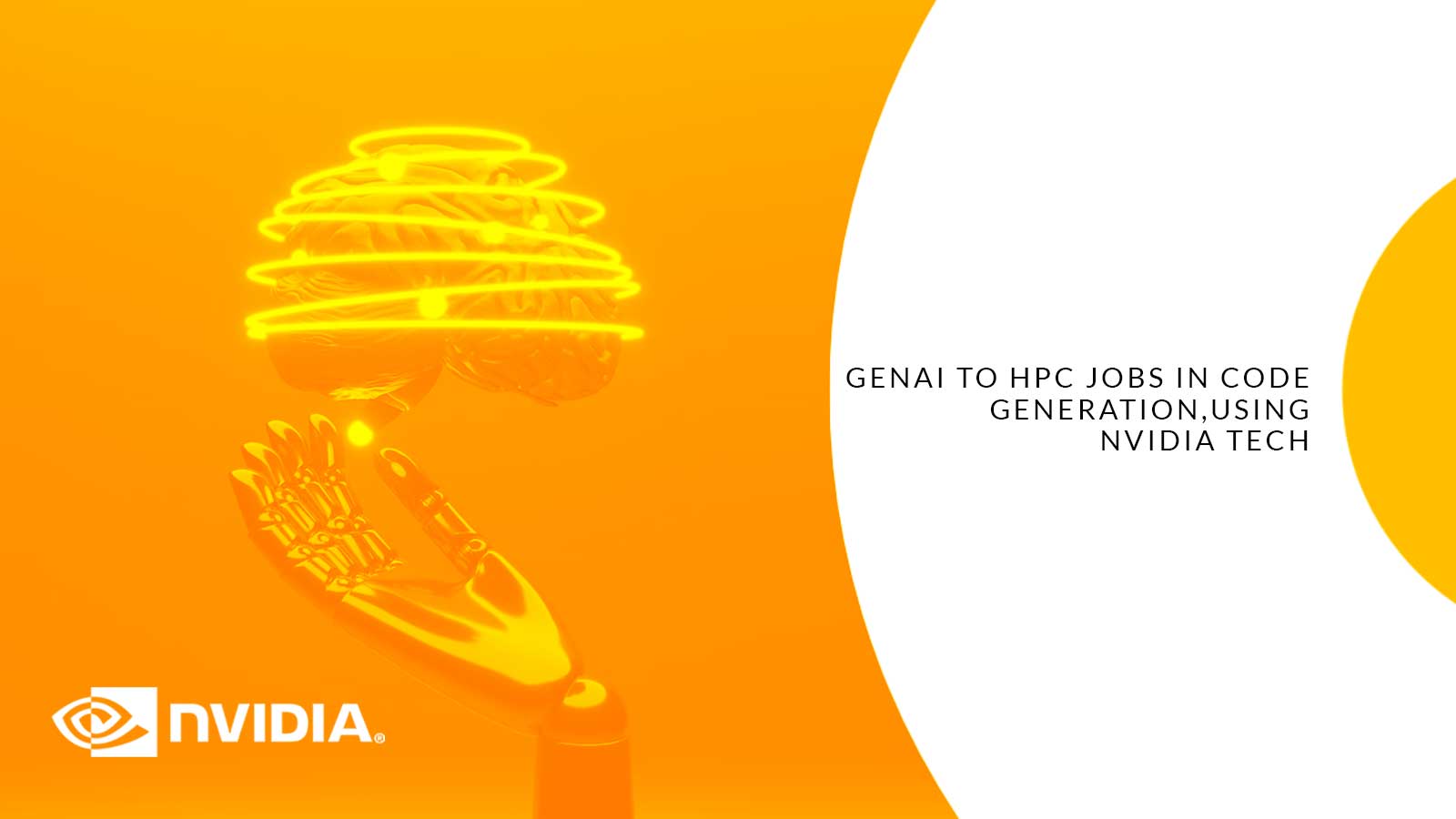[To share your insights with us as part of editorial or sponsored content, please write to sghosh@martechseries.com]

What Is The News About?
National and corporate labs are embracing generative AI, which is speeding up HPC for businesses and researchers. Kokkos is a parallel programming language that Sandia National Laboratories is working to automate and produce code for. It was planned to be used across several of the world’s biggest supercomputers. This customized language takes care of the finer points of executing activities over thousands of processors; it was created by researchers from multiple national labs.
This customized language takes care of the finer points of executing activities over thousands of processors; it was created by researchers from multiple national labs. To build and connect an AI-powered Kokkos database, Sandia is using retrieval-augmented generation (RAG). Early trials of several RAG techniques are showing encouraging results as researchers continue to experiment. Among the RAG possibilities that the scientists will explore are cloud-based services such as NeMo Retriever.
Why Is This News Important?
To build and connect an AI-powered Kokkos database, Sandia is using retrieval-augmented generation (RAG). Early trials of several RAG techniques are showing encouraging results as researchers continue to experiment. Among the RAG possibilities that the scientists will explore are cloud-based services such as NeMo Retriever. A generative AI model included in NVIDIA Earth-2—a suite of services and software for climate and weather research—CorrDiff is being used by weather forecasting researchers and businesses. Traditional atmospheric models have a resolution of 25 km; CorrDiff can reduce that to 2 km while increasing the number of combined forecasts by more than 100 times, leading to more confident predictions.
To better comprehend the COVID-19 virus, researchers at Argonne National Laboratory are utilizing this technique to synthesize gene sequences. Their GenSLMs models, which won awards, produced simulations of SARS-CoV-2 that are strikingly similar to the real thing. NVIDIA Selene, the U.S. Department of Energy’s Perlmutter, and Argonne’s Polaris system were among the supercomputers powered by NVIDIA A100 Tensor Core GPUs that trained GenSLMs on over 110 million genomic sequences.
Benefits
Model Tweaking and RAG are only the Beginning of the Process of Building Copilots
Accelerating work in materials science is possible using generative AI, according to Microsoft Research. Using their MatterGen concept, they can create new, stable materials with the characteristics that are needed. This method allows one to specify a wide range of attributes, including chemical, magnetic, electrical, mechanical, and more. National and corporate labs are embracing generative AI, which is speeding up HPC for businesses and researchers. Kokkos is a parallel programming language that Sandia National Laboratories is working to automate and produce code for. It was planned to be used across several of the world’s biggest supercomputers.
The ultimate goal of researchers is to use foundation models that have been trained using data from scientific domains like climate, biology, and material science. A generative AI model included in NVIDIA Earth-2—a suite of services and software for climate and weather research—CorrDiff is being used by weather forecasting researchers and businesses. Traditional atmospheric models have a resolution of 25 km; CorrDiff can reduce that to 2 km while increasing the number of combined forecasts by more than 100 times, leading to more confident predictions.
GenSLMs Models
To better comprehend the COVID-19 virus, researchers at Argonne National Laboratory are utilizing this technique to synthesize gene sequences. Their GenSLMs models, which won awards, produced simulations of SARS-CoV-2 that are strikingly similar to the real thing. NVIDIA Selene, the U.S. Department of Energy’s Perlmutter, and Argonne’s Polaris system were among the supercomputers powered by NVIDIA A100 Tensor Core GPUs that trained GenSLMs on over 110 million genomic sequences.
Wrapping Up
Using their MatterGen concept, they can create new, stable materials with the characteristics that are needed. This method allows one to specify a wide range of attributes, including chemical, magnetic, electrical, mechanical, and more. Carbon3D and similar companies are seeing opportunities in the commercial 3D printing industry by using generative AI in materials science. This is only the start of what generative AI may accomplish for high-performance computing and the scientific community. Upcoming GPUs based on the NVIDIA Blackwell Architecture and the currently available H200 Tensor Core GPUs will revolutionize their field.
The post GenAI to HPC Jobs in Code Generation, Using NVIDIA Tech appeared first on AiThority.

